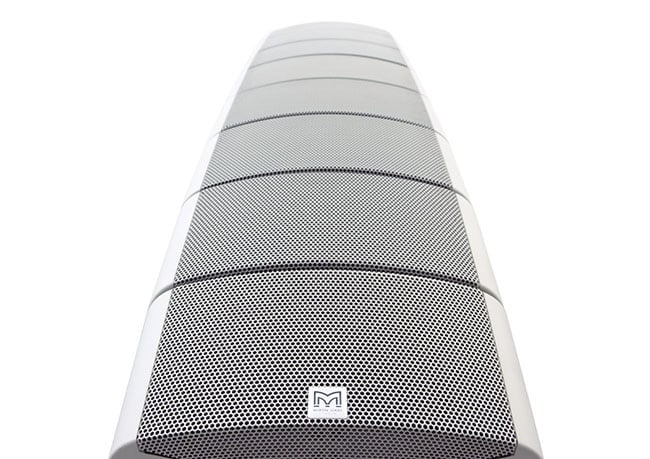Enhancing Sound Quality Via Strategic Speaker Arrangement within Commercial Spaces
Enhancing Sound Quality Via Strategic Speaker Arrangement within Commercial Spaces
Blog Article
Enhancing acoustic experience in business spaces is crucial for creating an inviting and efficient environment. Whether in a dining establishment, shopping outlet, or workspace, the way audio travels and is perceived can greatly impact customer contentment and employee productivity. Thoughtful speaker positioning plays a key part in achieving ideal audio quality. By understanding the principles of sound dynamics and taking into account the layout of the area, businesses can improve the overall auditory environment for everyone in attendance.
One of the initial steps in effective audio positioning is to evaluate the size and shape of the business area. Different areas may have unique sound characteristics that affect how sound functions. For example, spacious, expansive areas may require more audio units to guarantee uniform sound distribution, while compact, enclosed spaces might gain from less speakers placed strategically to avoid overloading the audience. Additionally, the materials used in the construction of the space, such as partitions, surfaces, and ceilings, can influence sound reflection and dissipation. Comprehending these elements assists in determining the best positions for audio units.
Another crucial consideration is the type of audio being played. Background music in a coffee shop, notifications in a shopping store, or displays in a meeting room all require different audio setups. For instance, in a restaurant, speakers should be positioned to establish a enjoyable atmosphere without overpowering conversations. In contrast, in a retail space, audio units may need to be located to make sure that advertising messages are distinctly audible throughout the area. Customizing the audio placement to the specific sound requirements of the setting can greatly enhance the overall experience.
The height and angle of the speakers also play a significant part in audio coverage. Positioning audio units at listening height can help ensure that sound reaches the audience effectively. Additionally, tilting audio units towards the center of the room can help direct sound where it is needed most. This is especially crucial in areas with tall ceilings, where sound can easily dissipate. By carefully considering the elevation and angle of the audio units, these details companies can establish a more engaging acoustic experience that maintains clients interested and staff concentrated.
Ultimately, regular evaluation and adjustment of speaker placement are essential for maintaining optimal sound performance. As the layout of a commercial space changes, or as new furniture and accessories are introduced, the sound characteristics may change. Performing regular evaluations can assist detect any problems with audio coverage and enable for required modifications. By focusing on thoughtful audio positioning and continuous evaluation, businesses can ensure that their commercial environments provide a welcoming and enjoyable acoustic environment for all.